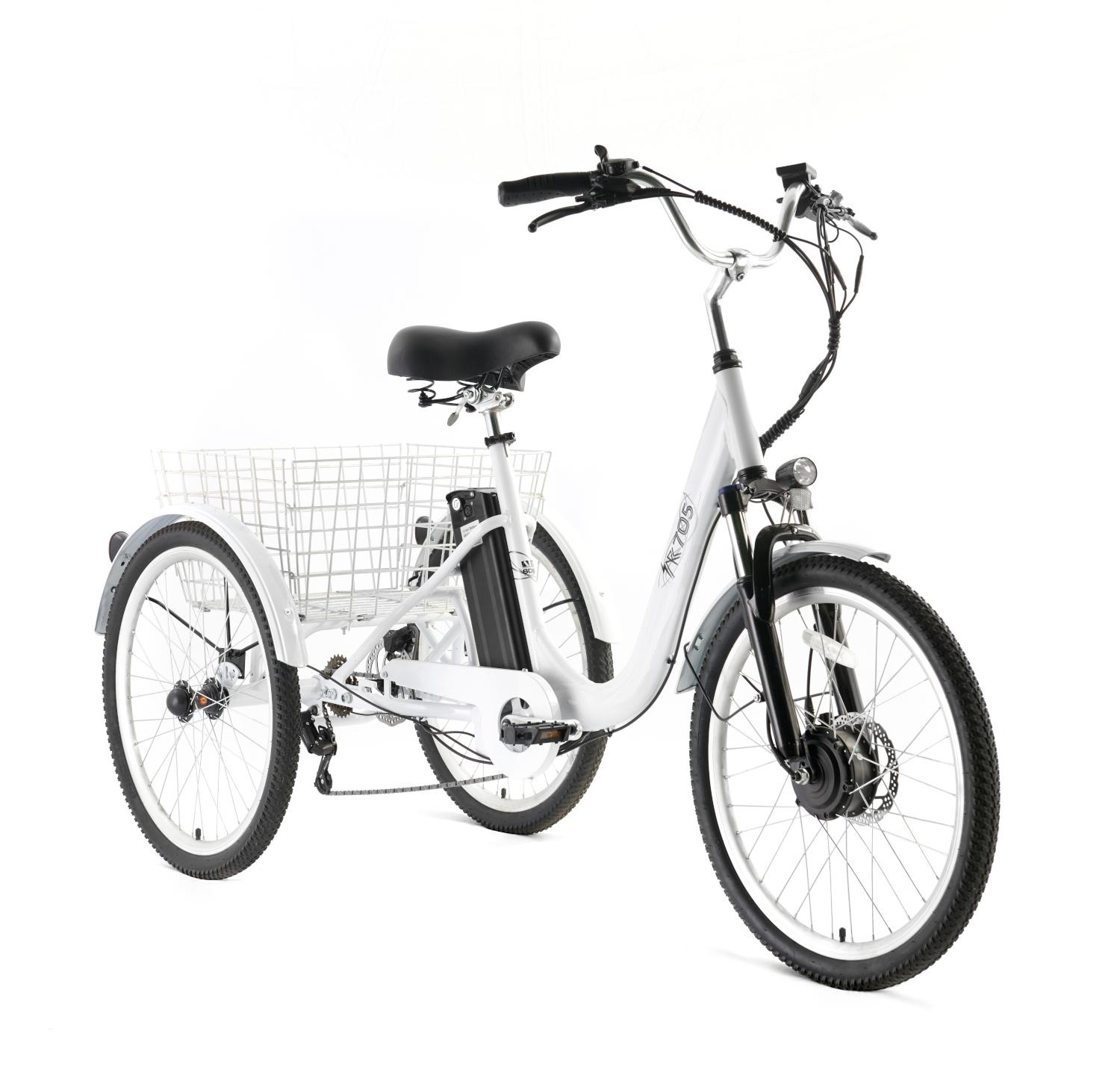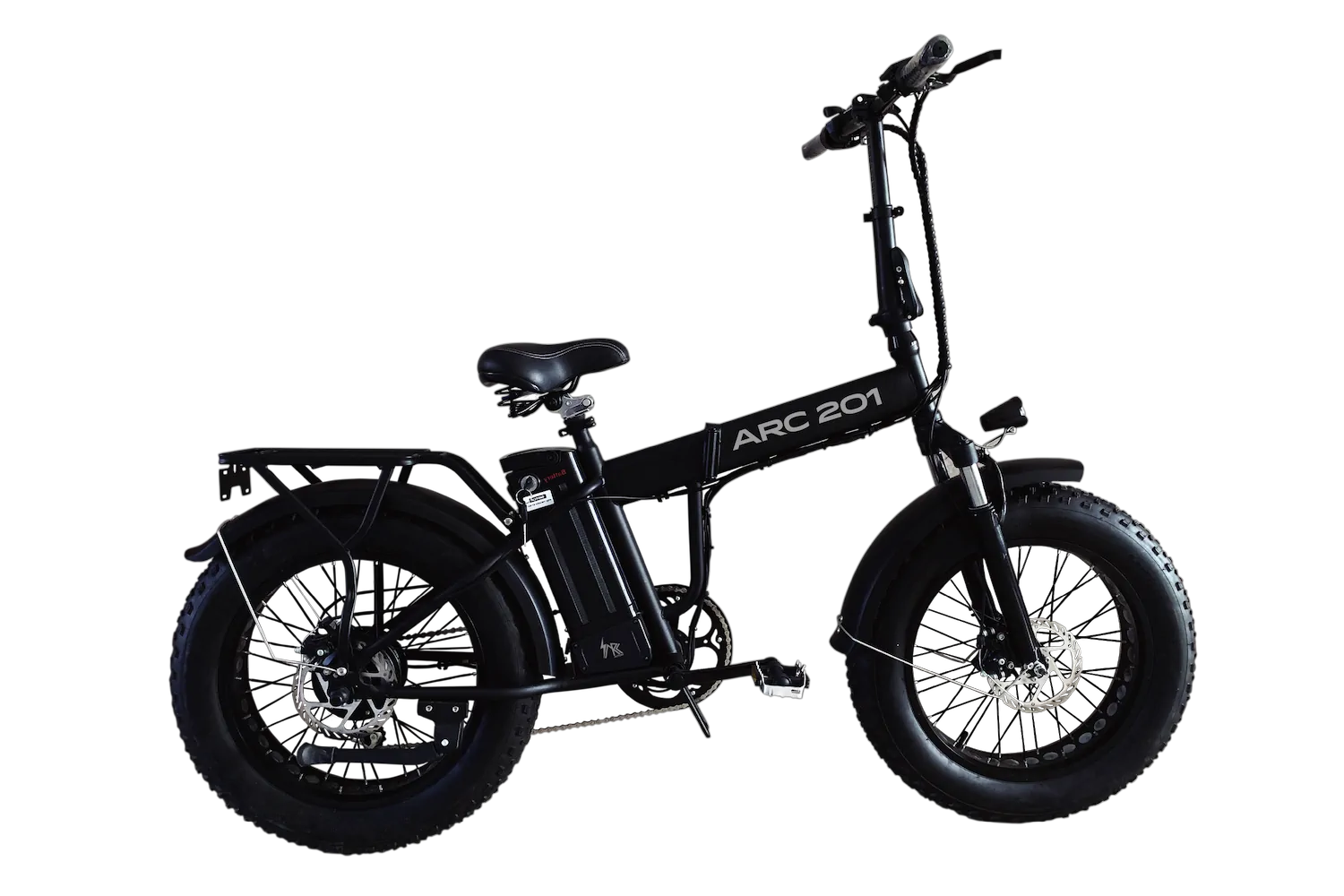Electric bicycles, or e-bikes, have become increasingly popular in recent years as an alternative to traditional bicycles. While both modes of transportation have their benefits and drawbacks, choosing between them depends on a variety of factors.
In this article, we will explore the differences between e-bikes and traditional bicycles and help you determine which one is right for you.
Differences Between Electric Bicycles and Traditional Bicycles
First, let’s define the differences between e-bikes and traditional bicycles. An e-bike is a bicycle that is equipped with an electric motor and a battery to assist with pedaling. The motor provides a boost to the rider’s pedaling power, making it easier to climb hills and ride longer distances. In contrast, traditional bicycles rely solely on the rider’s physical strength to pedal and propel the bike forward.
Electrical Components
Traditional bicycles tend to be easier and less expensive to maintain than e-bikes, as they do not have the added electrical components. However, electric bicycles do not require any additional maintenance beyond what a traditional bicycle would require, except for the occasional battery replacement.
Environmental Impact
When it comes to environmental impact, both electric bicycles and traditional bicycles are much more eco-friendly than cars or other motor vehicles. However, e-bikes require a battery to power the motor, which can have a negative impact on the environment if not disposed of properly. Traditional bicycles, on the other hand, do not have any electrical components and are therefore completely emissions-free.
Conclusion
Finally, it’s important to consider your own personal preferences and needs when deciding between electric bicycles and traditional bicycles. Consider your personal goals and the type of riding you plan to do before making a decision. If you need to navigate hilly terrain, travel longer distances, or have physical limitations, an e-bike may be a better fit. You can click here and explore our e-bike models now!




